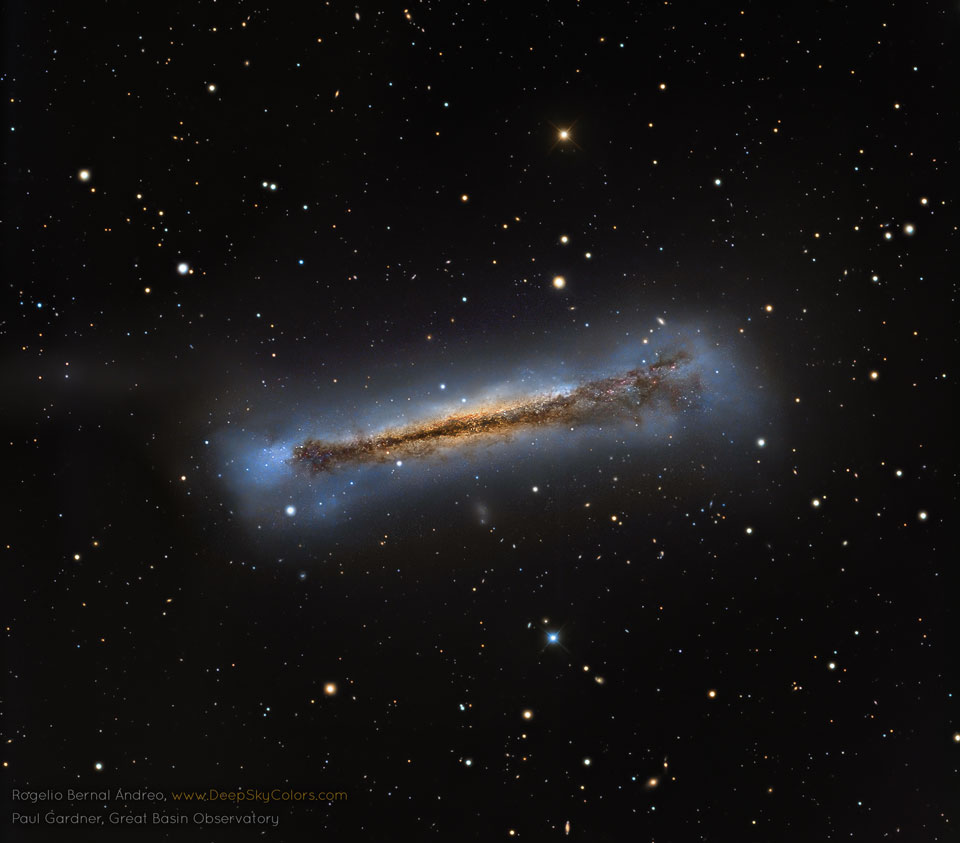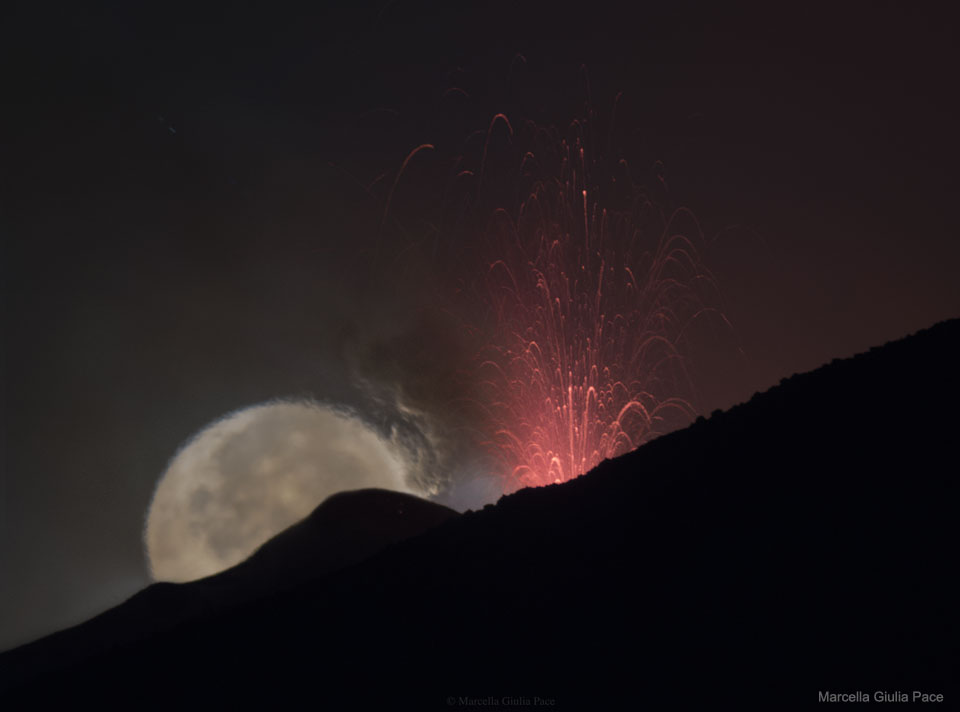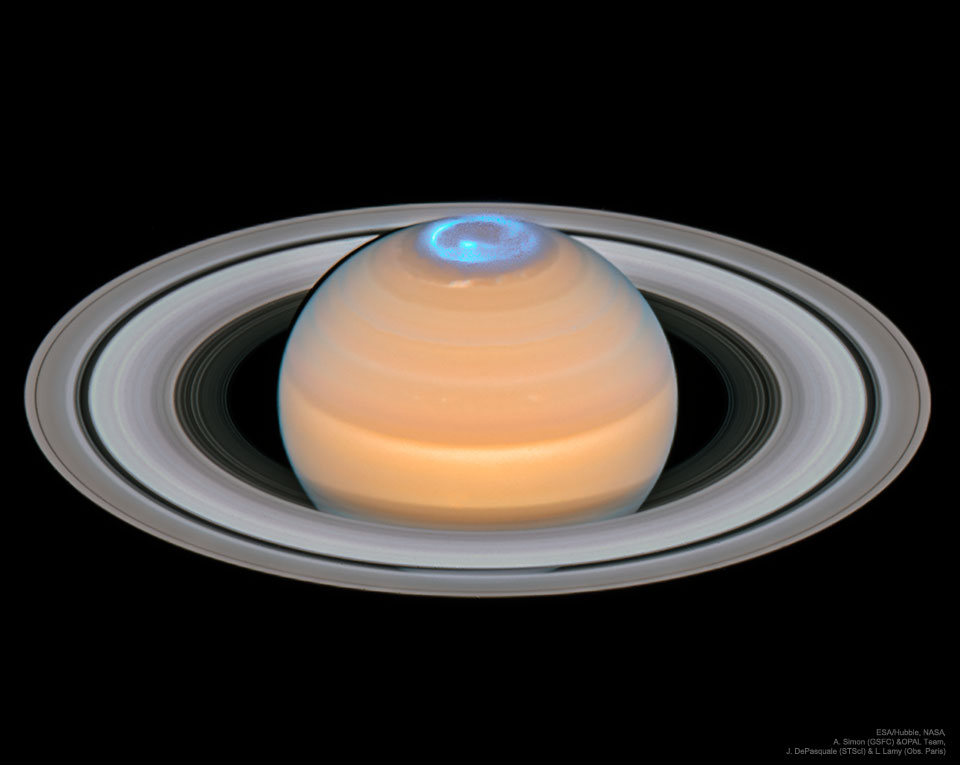A Japanese cargo ship loaded with more than five tons of supplies, water, spare parts and experiments is scheduled to launch to the International Space Station at 6:32 p.m. EDT Monday, Sept. 10 (7:32 a.m. Sept. 11 in Japan). Live coverage of the launch and capture will air on NASA Television and the agency’s website.
from NASA https://ift.tt/2wLOn6d
via IFTTT![]()








